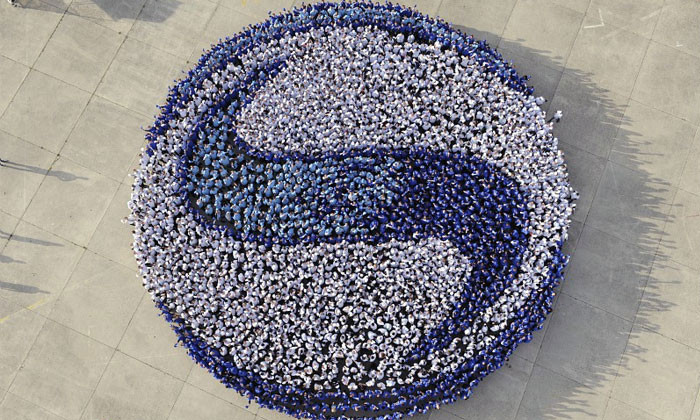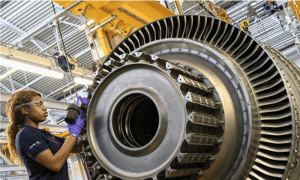 © Safran
© Safran
Industrial system architect: a strategic function for Safran
The role of industrial system architect is well established in mass-production sectors like automobiles. At Safran’s initiative, the same function is being created in aerospace to improve workflows and boost industrial performance.
Anticipate in order to improve — that's the task of the industrial system architect, a new and strategically important function at Safran. "As chief coordinator of industrial performance, the industrial system architect sets objectives and determines the resources needed to achieve them," says Frédéric Bochu, Safran VP for Industrial Engineering. "To do this, they need a broad overview of operations and the use of simulation tools and other new technologies that characterize the digital factory, such as connected machines and big data, to visualize workflows."
A growing role
So far there are only a few, but industrial system architects have a crucial role to play in Safran's future, especially with the huge ramp-up of production rates on various programs and the major investments we're making in our industrial facilities. This is precisely where they're starting work: "Each new project in line with our Factory of the Future initiative — from reorganizing a workshop or adapting a production line to building a whole new plant — now involves an industrial system architect," says Frédéric Bochu. "Going forward, they'll be playing an increasingly crucial role, including signing off on any capital investment project."
Complex ecosystems
At Safran Electronics & Defense, Alain Denis is one of the first industrial system architects. Since November 2017, he's been in charge of implementing a supervisory control system on the future production line for the segments of the M1 mirror for the Extremely Large Telescope (ELT), the most powerful instrument of its kind in the world. "Machinery, special processes, operators and more — a whole ecosystem needs to be built from the ground up," he says. "My job is to design the information system that will interconnect with all these components to help us manage the line. To do this, I'm using a workflow simulation tool to run all the various possible scenarios and confirm or correct our assumptions, like: Can we reach the required production rates? Where are the bottlenecks? And how will the system behave if there's a fault with a machine?"
Attractive career paths
For now, the pioneers of this new function are being recruited internally from among our most experienced engineers. They then receive training to gain the new skills they need, especially in the use of simulation tools. External recruitment is also planned, focusing on candidates with the requisite experience. "They'll have the chance to work on large-scale projects, gain a comprehensive overview of production-related issues and later move into industrial strategy," says Frédéric Bochu. It's precisely this kind of objectivity that attracted Alain Denis to the job: "After years of experience in R&D, then in production, I saw it as a chance to utilize my dual skillset in a role where everything has yet to be invented. I've been with Safran for 29 years, but I'm still learning all the time. And because it's a new field, there's room for everyone to grow and develop professionally."












